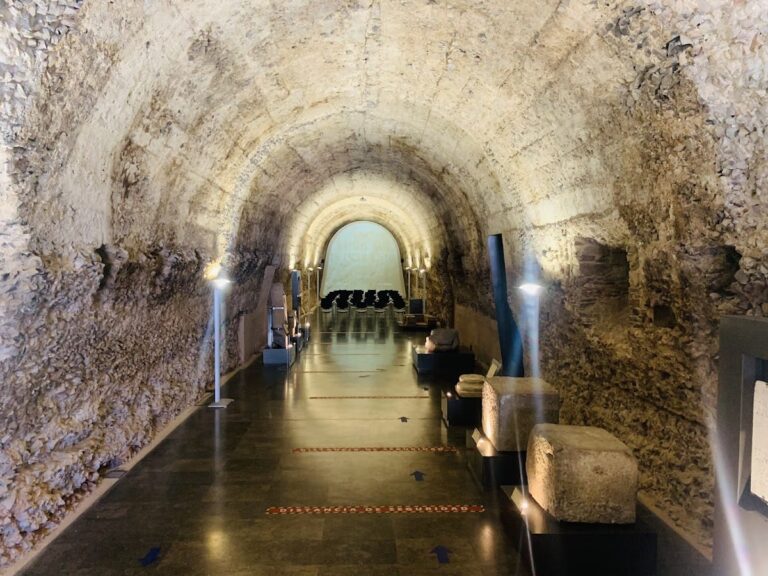Roman Villa of Orpheus: A Roman Rural Estate in Zamora, Spain
Visitor Information
Google Rating: 4.6
Popularity: Low
Google Maps: View on Google Maps
Official Website: www.instagram.com
Country: Spain
Civilization: Roman
Remains: Domestic
History
The Roman Villa of Orpheus is a Roman rural estate located in Camarzana de Tera, Zamora, Spain. It was constructed and occupied between the 2nd and 4th centuries AD during the late Roman Empire.
The site became known in the late 19th century when workers uncovered coins, metal fragments, and mosaic pieces during road construction in 1861. These early finds attracted scholarly attention, and the villa was later cataloged by Manuel Gómez-Moreno in 1904 as part of Zamora’s cultural heritage. However, no systematic archaeological work was conducted until the 21st century.
Starting in 2007, formal excavations began, revealing the villa’s layout and decorative mosaics. These efforts led to the villa’s protection as an Archaeological Zone in 2010, recognizing its cultural importance.
Remains
The villa consists of fifteen rooms arranged around a central courtyard surrounded by a covered walkway, known as a peristyle. This design is typical of late Roman domestic architecture, emphasizing open space and decorative elements.
Among the rooms, a large dining area, or triclinium, features a mosaic portraying Orpheus, the mythical musician, surrounded by various animals. This mosaic includes eight panels depicting horses and hunting scenes, with the animals’ names spelled out in small mosaic tiles called tesserae.
Another important room, identified as the oecus or reception hall, contains a mosaic illustrating the mythological scene of the Rape of Europa. This image is framed by a border decorated with marine creatures, adding to the room’s visual richness.
The other rooms display geometric mosaic patterns, showcasing a variety of artistic motifs common in Roman floor decoration. Archaeological finds also include kitchen ceramics such as pots and casseroles, coins dating from the 2nd to 4th centuries, and architectural fragments like capitals and column shafts.
Today, the villa’s remains are preserved in situ beneath a modern museum structure. This building, made of steel and glass, protects the mosaics and ruins while allowing close observation. Some mosaics have been moved to the Zamora Museum, but the main archaeological features remain on site, carefully conserved for study and interpretation.










